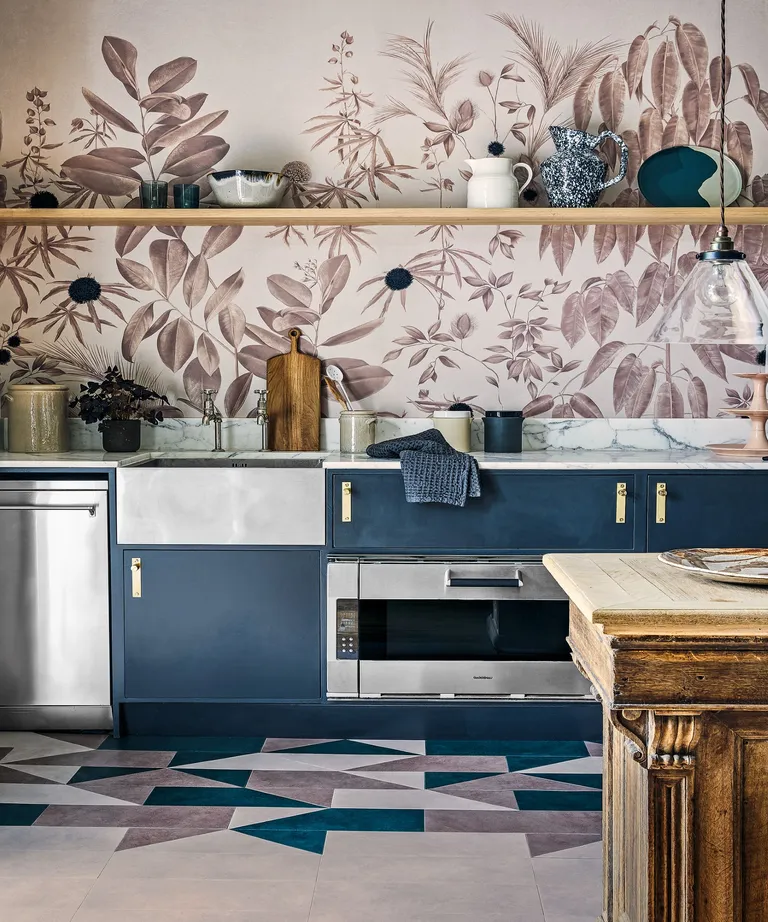indigo blue granular company


Authenticity is a key driver in the value of Japanese blue dye fabrics. Today's consumers are savvy and seek transparency about the products they purchase. Brands that provide this fabric must assure their clientele of its authenticity by outlining the sourcing, dyeing, and crafting processes involved. An authentic product backed by clear provenance not only enhances its perceived value but also strengthens the brand's credibility among discerning buyers. As market demand for cultural and premium quality materials grows, Japanese blue dye fabric stands as a premium contender thanks to its rich history, superior durability, intricate designs, and environmental benefits. By highlighting these qualities in marketing and product descriptions, businesses can position themselves as authoritative figures in the luxury textile domain, providing consumers with trustworthy choices that transcend simple utility to reflect heritage, sustainability, and an appreciation for artisanal workmanship. The increased integration of Japanese blue dye fabric into modern design paradigms offers an opportunity for innovation. Designers and brands are encouraged to explore and reinterpret traditional patterns in contemporary contexts, thereby enriching modern design languages and creating a dynamic narrative that bridges the past with the present. This forward-thinking approach not only enhances product diversity but also ensures the continuous evolution and relevance of this cherished fabric in various applications globally. In summary, Japanese blue dye fabric embodies more than just aesthetic and functional value; it is a testament to a rich cultural heritage and artisanal skill. When leveraged correctly, it can significantly enhance a brand's portfolio, combining traditional artistry with modern elegance and sustainability. Understanding its significance and promoting its authentic production can cultivate deeper connections with consumers, satisfying their quest for quality, authenticity, and environmental responsibility.
-
The Timeless Art of Denim Indigo Dye
NewsJul.01,2025
-
The Rise of Sulfur Dyed Denim
NewsJul.01,2025
-
The Rich Revival of the Best Indigo Dye
NewsJul.01,2025
-
The Enduring Strength of Sulphur Black
NewsJul.01,2025
-
The Ancient Art of Chinese Indigo Dye
NewsJul.01,2025
-
Industry Power of Indigo
NewsJul.01,2025
-
Black Sulfur is Leading the Next Wave
NewsJul.01,2025

Sulphur Black
1.Name: sulphur black; Sulfur Black; Sulphur Black 1;
2.Structure formula:
3.Molecule formula: C6H4N2O5
4.CAS No.: 1326-82-5
5.HS code: 32041911
6.Product specification:Appearance:black phosphorus flakes; black liquid

Bromo Indigo; Vat Bromo-Indigo; C.I.Vat Blue 5
1.Name: Bromo indigo; Vat bromo-indigo; C.I.Vat blue 5;
2.Structure formula:
3.Molecule formula: C16H6Br4N2O2
4.CAS No.: 2475-31-2
5.HS code: 3204151000 6.Major usage and instruction: Be mainly used to dye cotton fabrics.

Indigo Blue Vat Blue
1.Name: indigo blue,vat blue 1,
2.Structure formula:
3.Molecule formula: C16H10N2O2
4.. CAS No.: 482-89-3
5.Molecule weight: 262.62
6.HS code: 3204151000
7.Major usage and instruction: Be mainly used to dye cotton fabrics.

